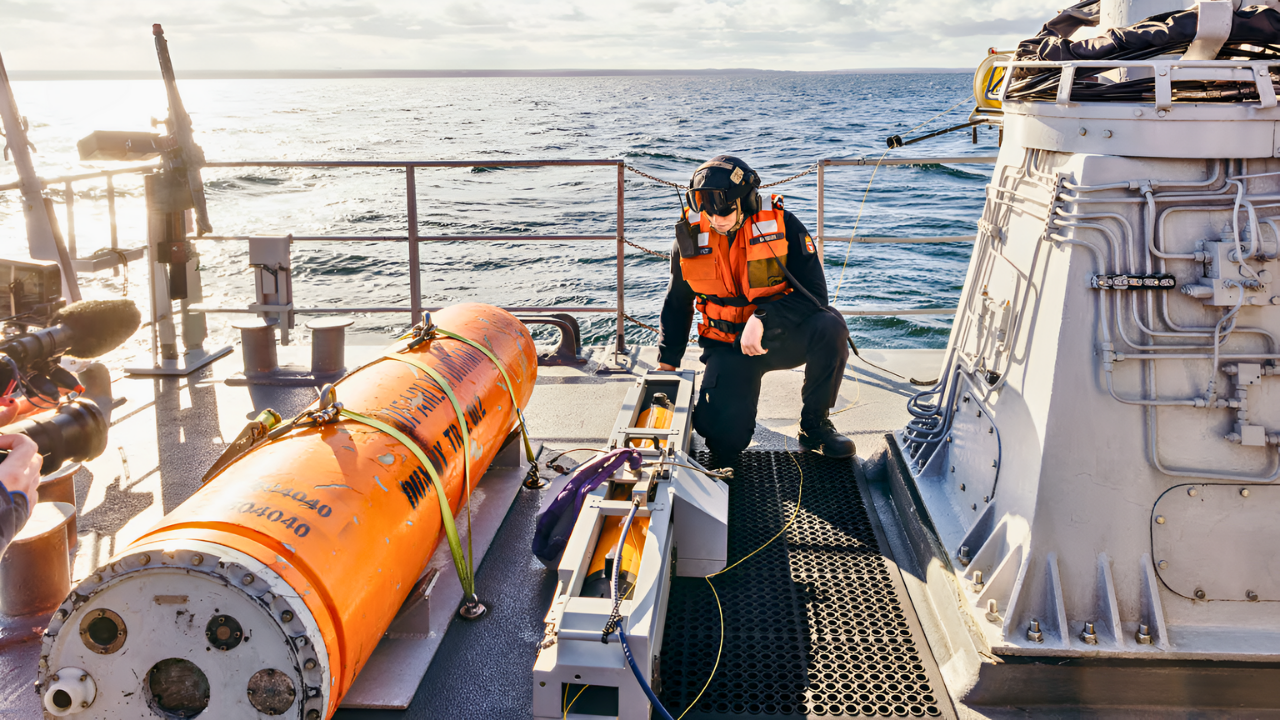
NATO has launched Operation Baltic Sentry, a major new mission to protect undersea cables after 11 were mysteriously cut in the Baltic Sea. These cables are Europe’s unseen arteries, as they carry power and internet between countries such as Finland, Estonia, and Sweden.
When they were sliced, it wasn’t just a technical issue, it was a threat to the region’s stability. Western officials suspect a Russian-linked tanker played a role, which has raised serious alarms among NATO members. The incident has turned what was once a quiet stretch of water into one of the most closely watched parts of Europe.
How It All Began
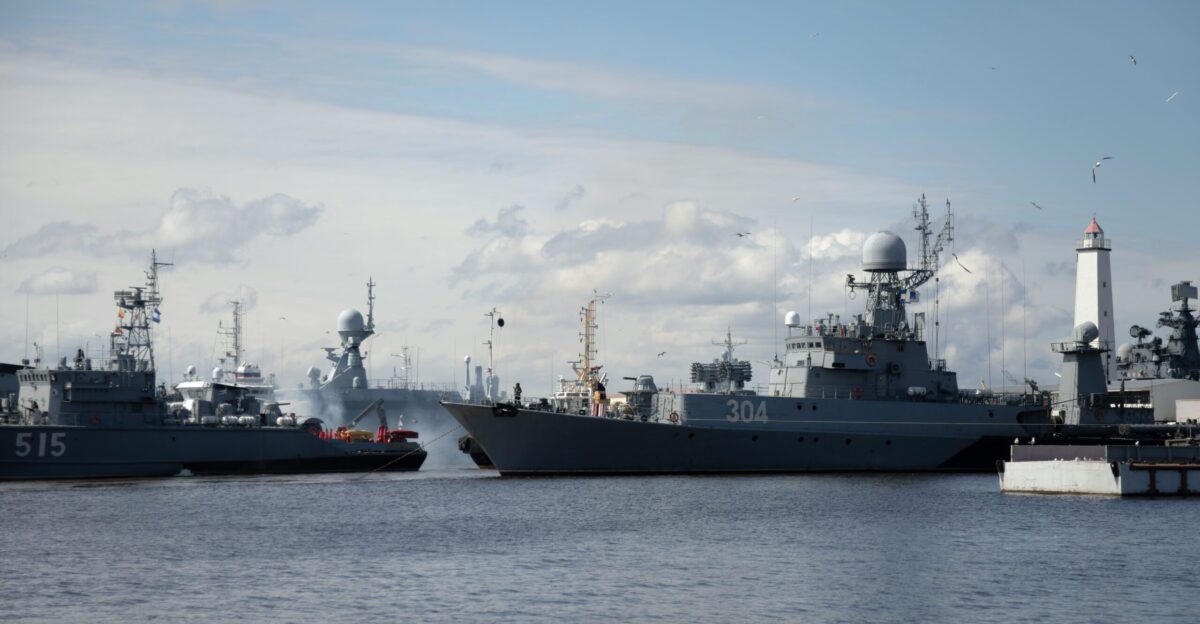
The crisis started when undersea cables in the Baltic Sea were damaged, disrupting communications and energy transmission between northern European nations. These cables are crucial as they carry both electricity and data, keeping factories running and online services working.
Experts say the damage looked deliberate, not accidental. The attacks showed just how vulnerable critical infrastructure has become.
The Russian Tanker in Question

Finnish investigators quickly identified a suspect, a tanker named Eagle S, allegedly linked to Russia’s so‑called shadow fleet. The ship reportedly dragged its anchor across the seabed, slicing cables that connect Finland, Estonia, and Sweden.
While Moscow has denied involvement, Finnish intelligence officials told CBS News they had credible evidence of coordination suggesting intent. The incident fits a troubling trend of covert operations masquerading as commercial activity.
What Happened Next

The cable cuts caused immediate disruption. Power fluctuations hit Estonia and Finland, and internet traffic slowed noticeably across the region. Repair crews rushed to restore service, but work in deep waters is complex and costly.
The Estlink 2 power cable connecting Finland and Estonia lost much of its capacity, forcing both countries to rely on backup systems. These sudden outages served as a wake‑up call.
The Legal Fallout

Finland launched a criminal investigation into what it called a possible act of gross sabotage. Authorities detained the Eagle S’s crew but eventually released them after a Helsinki court ruled there was not enough evidence to prove intent.
Even so, legal experts said the trial highlighted serious gaps in international law regarding undersea infrastructure. The ruling frustrated many who saw it as a missed opportunity to send a strong signal to those responsible.
Russia’s Shadow Fleet and the Hybrid War
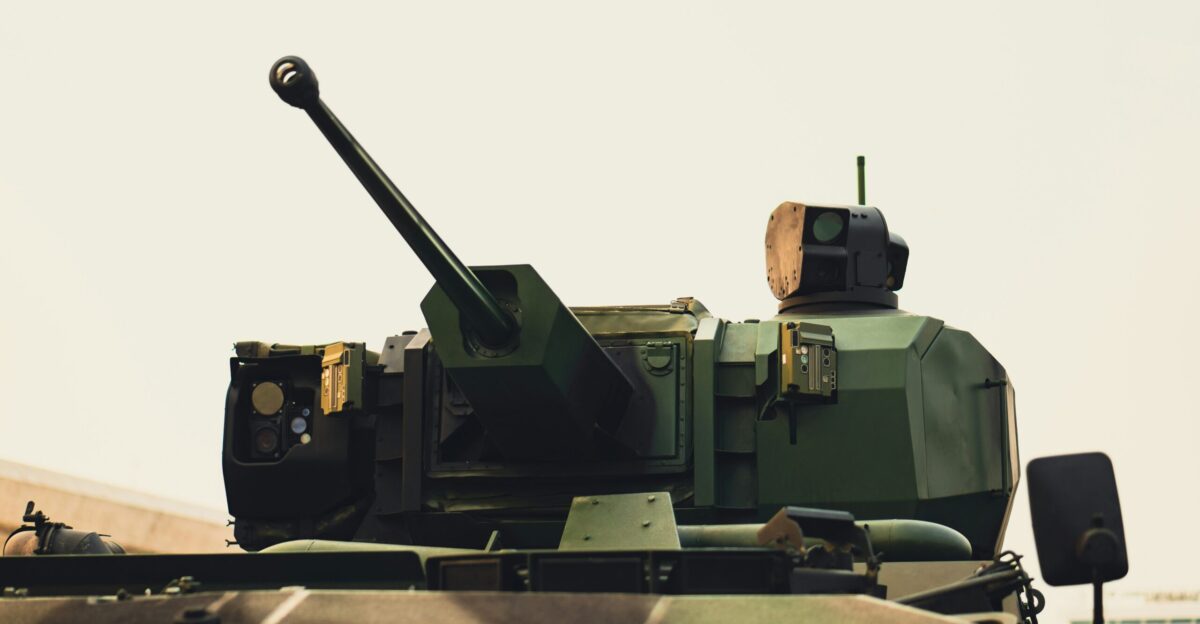
The incident is part of a broader pattern experts call hybrid warfare, the blend of military threats, cyberattacks, and covert sabotage meant to destabilize opponents. Russia’s shadow fleet, composed of tankers operating outside regular tracking systems, is central to this strategy.
According to a 2025 report by The Conversation, Moscow uses these ships to mask activities that support energy smuggling and intelligence operations. NATO analysts have noted similar suspicious incidents in the vicinity of the North Sea and the Arctic Circle.
NATO Steps In
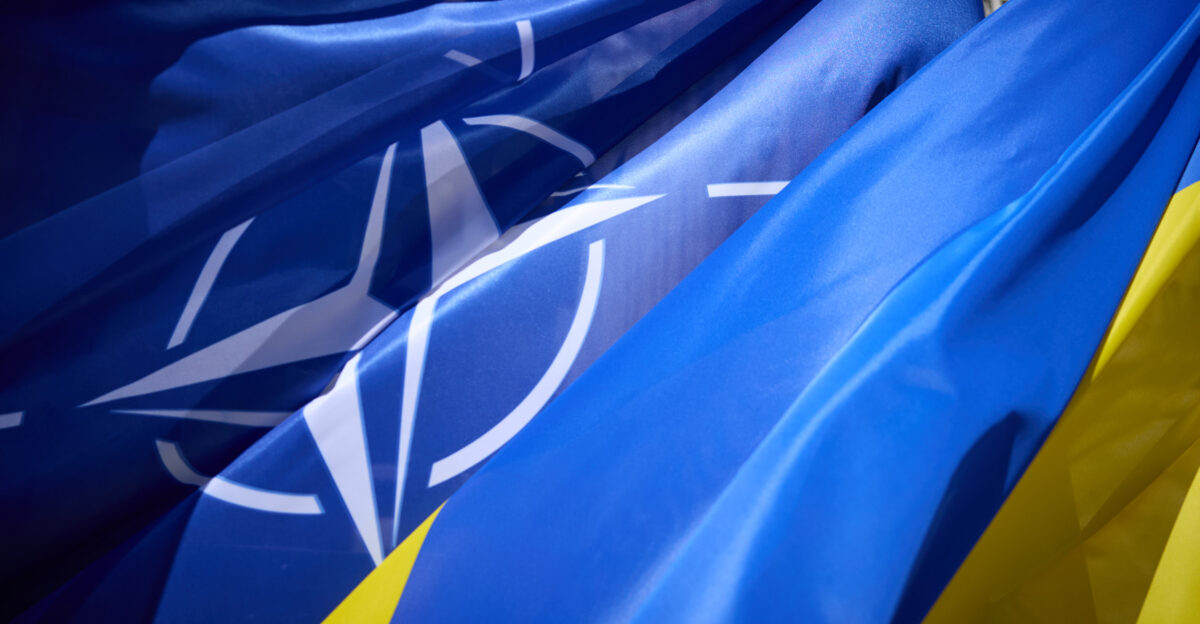
In response, NATO unveiled Operation Baltic Sentry, led by its Supreme Allied Commander. The mission aims to patrol, defend, and monitor the vast undersea network that powers northern Europe.
The operation deploys advanced tools, from frigates and submarines to drones and satellites, to watch the seabed for signs of tampering.
Leaders Unite in Helsinki
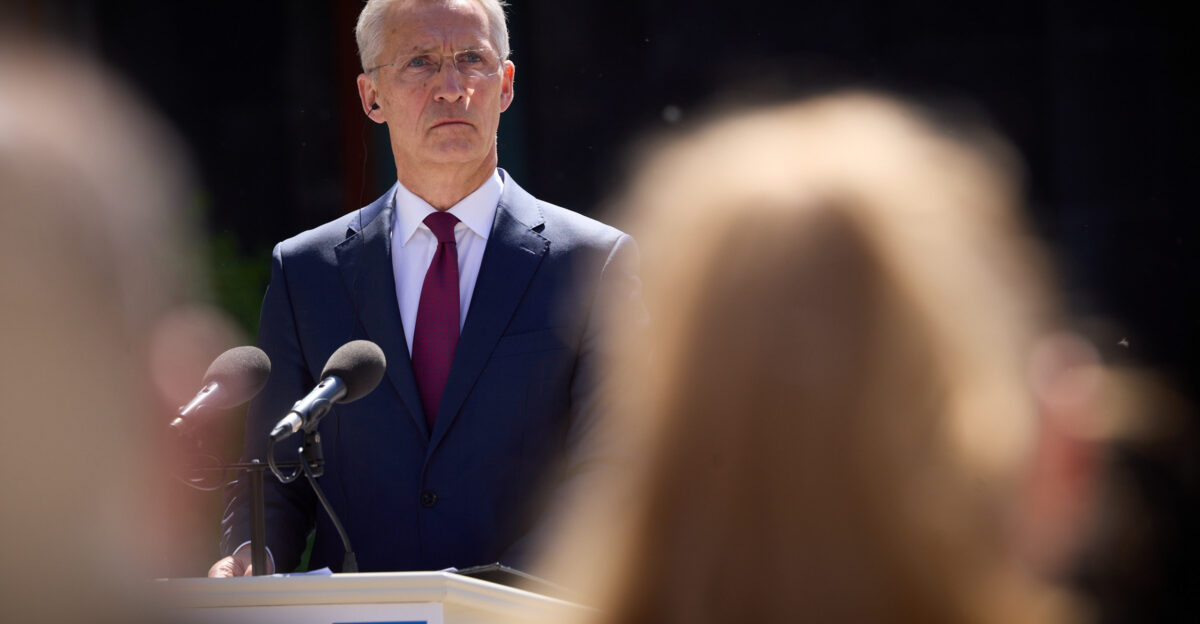
The decision to activate Operation Baltic Sentry came at a special Baltic Sea Summit in Helsinki. Leaders from Finland, Estonia, Poland, Germany, and other NATO members gathered to show a united front. The joint statement condemned the cable sabotage as an attack on European stability.
Following the meeting, defense ministers underscored that NATO’s presence in the Baltic was now a permanent fact of life.
Watching Above and Below
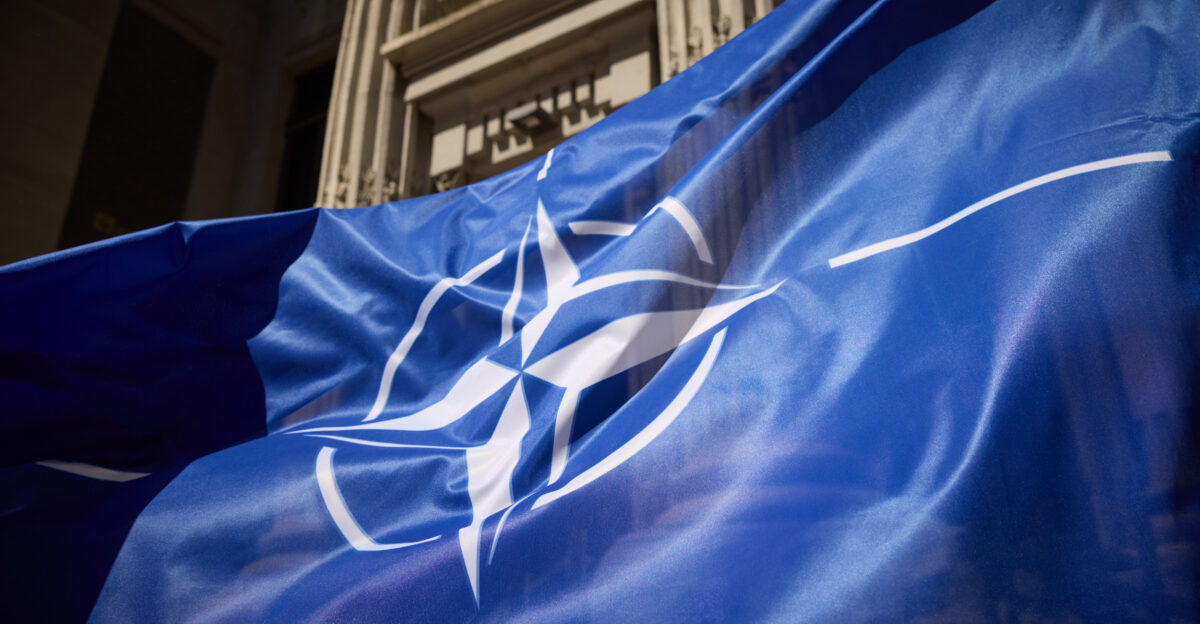
Baltic Sentry expands NATO’s maritime surveillance network across the region. It uses ships, maritime patrol aircraft, underwater drones, and satellites to monitor both the water surface and the seabed.
These systems feed real‑time data to a joint command center in Riga, Latvia, where analysts watch for unusual movements. The combination of artificial intelligence and sensor drones means suspicious activity can be tracked faster than ever before, preventing another Eagle S‑style incident.
Strength in Cooperation
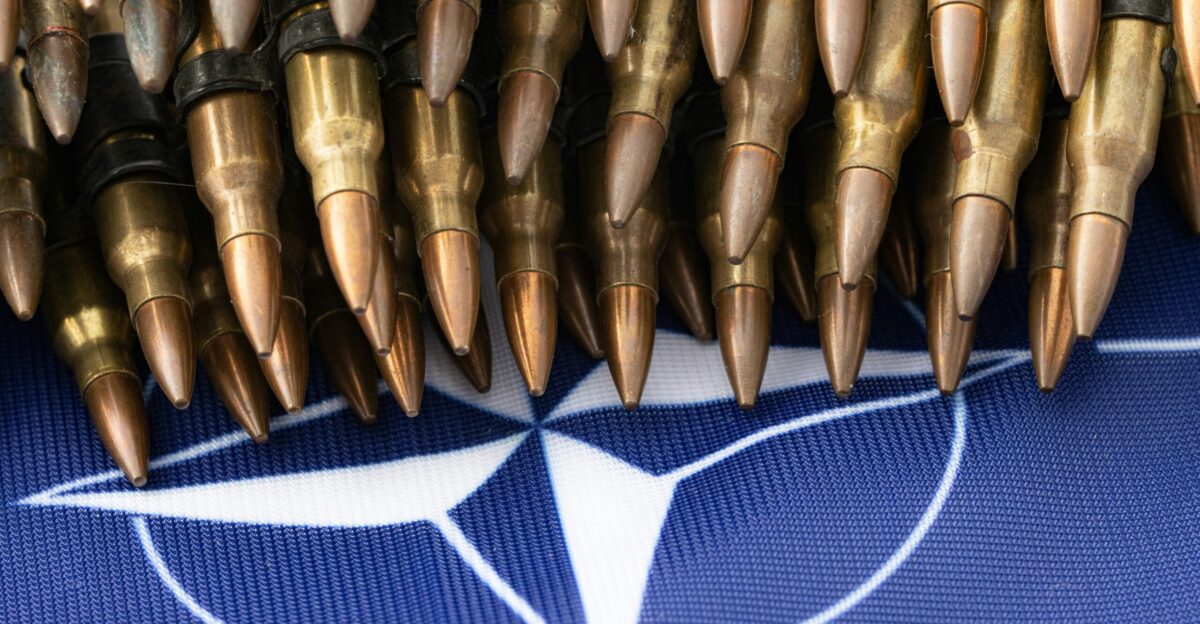
NATO nations bordering the Baltic now share intelligence and coordinate their patrols. Joint training exercises teach crews how to identify sabotage signs and repair cables in record time quickly.
Beyond warships and drones, the mission’s success depends on trust, a recognition that in today’s world, no country can secure its data or power systems alone.
The Blame Game
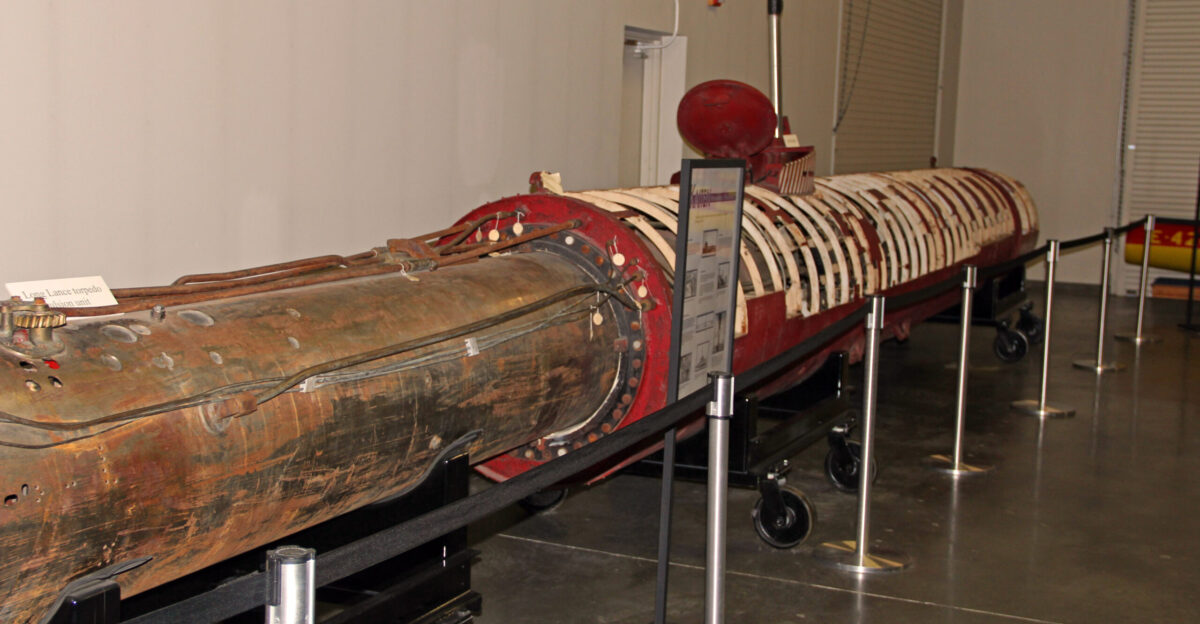
Proving responsibility for undersea attacks is one of the toughest challenges. Physical evidence lies hundreds of meters underwater, and suspects can claim accidents.
Still, patterns are emerging as the same few Russian‑operated ships keep appearing near damaged infrastructure. NATO analysts now track ship movements, anchor drops, and cable strikes to build a clearer picture of who’s behind the operations.
Counting the Costs
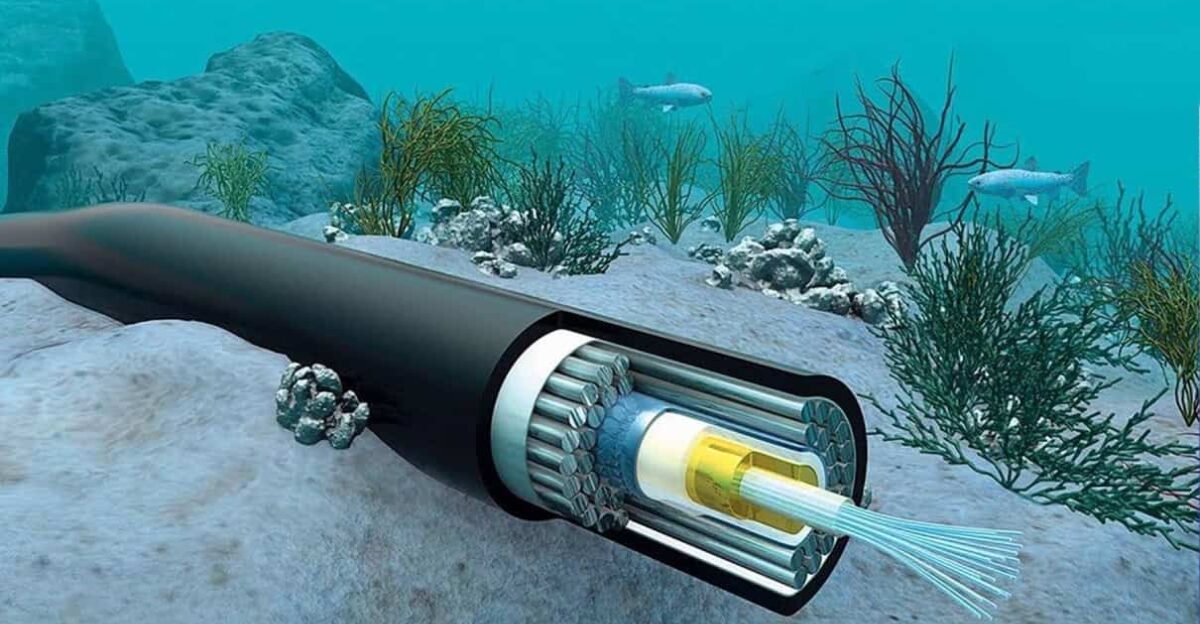
Damaged cables cost tens of millions of euros to repair and cause major financial losses from energy delays and digital downtime. Businesses in Finland and Estonia reported losses from data lags affecting banks, shipping companies, and manufacturing.
“Ship captains must understand that potential threats to our infrastructure will have consequences, including possible boarding, impounding, and arrest,” said NATO Secretary General Mark Rutte.
Law and Diplomacy at Work

Together with police investigations, diplomats have demanded stricter international laws regulating maritime zones. Several NATO countries are now pushing for tighter monitoring of ships sailing under flags of convenience, which are often used to conceal ownership.
The Finnish Foreign Ministry argued that civil maritime law must evolve to address national‑security sabotage. Meanwhile, Russia denies all accusations and accuses NATO of weaponizing the incident to justify its Baltic build‑up.
Rising Tensions, Shrinking Trust

The cable incidents worsened already tense NATO‑Russia relations. Both sides now stage regular military drills in the Baltic, barely miles apart. Lithuania, for instance, has reinforced its coastal defenses and warned of possible escalation.
Moscow calls NATO’s patrols provocative, while the alliance insists they’re purely defensive. This standoff has turned the Baltic Sea into a high‑stakes chessboard, where energy, technology, and security intersect more sharply than ever before.
Safeguarding Europe’s Future
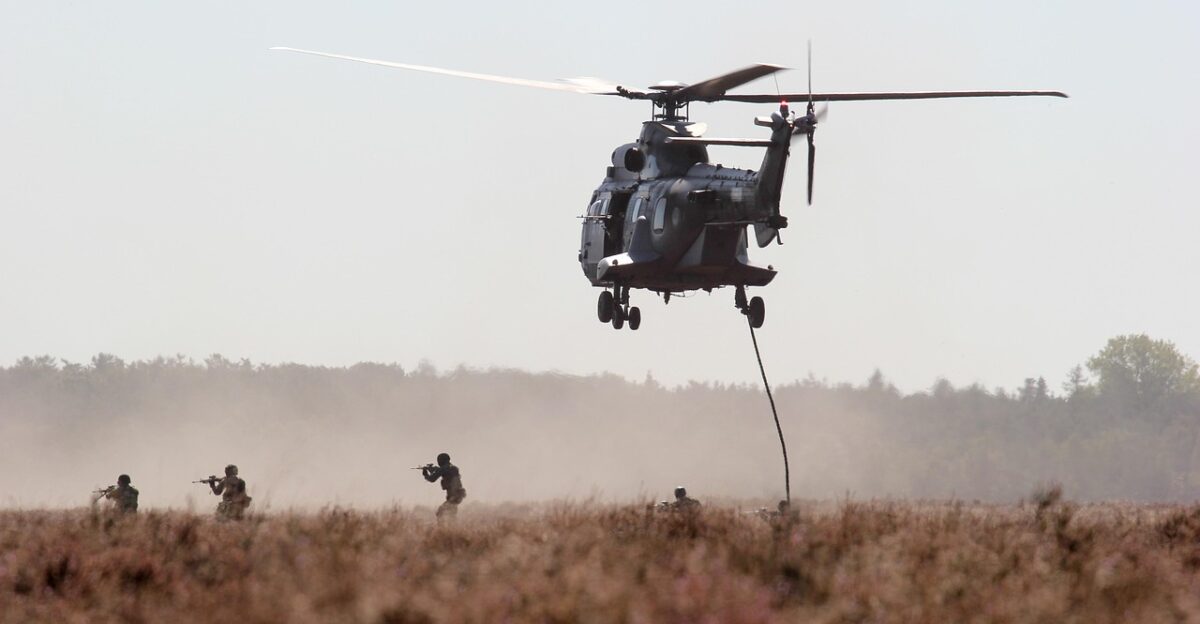
Operation Baltic Sentry marks a turning point for NATO and Europe. It shows how modern defense includes protecting electricity lines and internet cables as much as borders or airspace.
Analysts expect the mission to become permanent, with more countries joining its patrols. As the alliance adapts to hybrid threats, the Baltic Sea will stand as both a warning and a model for how to defend the foundations of modern life.